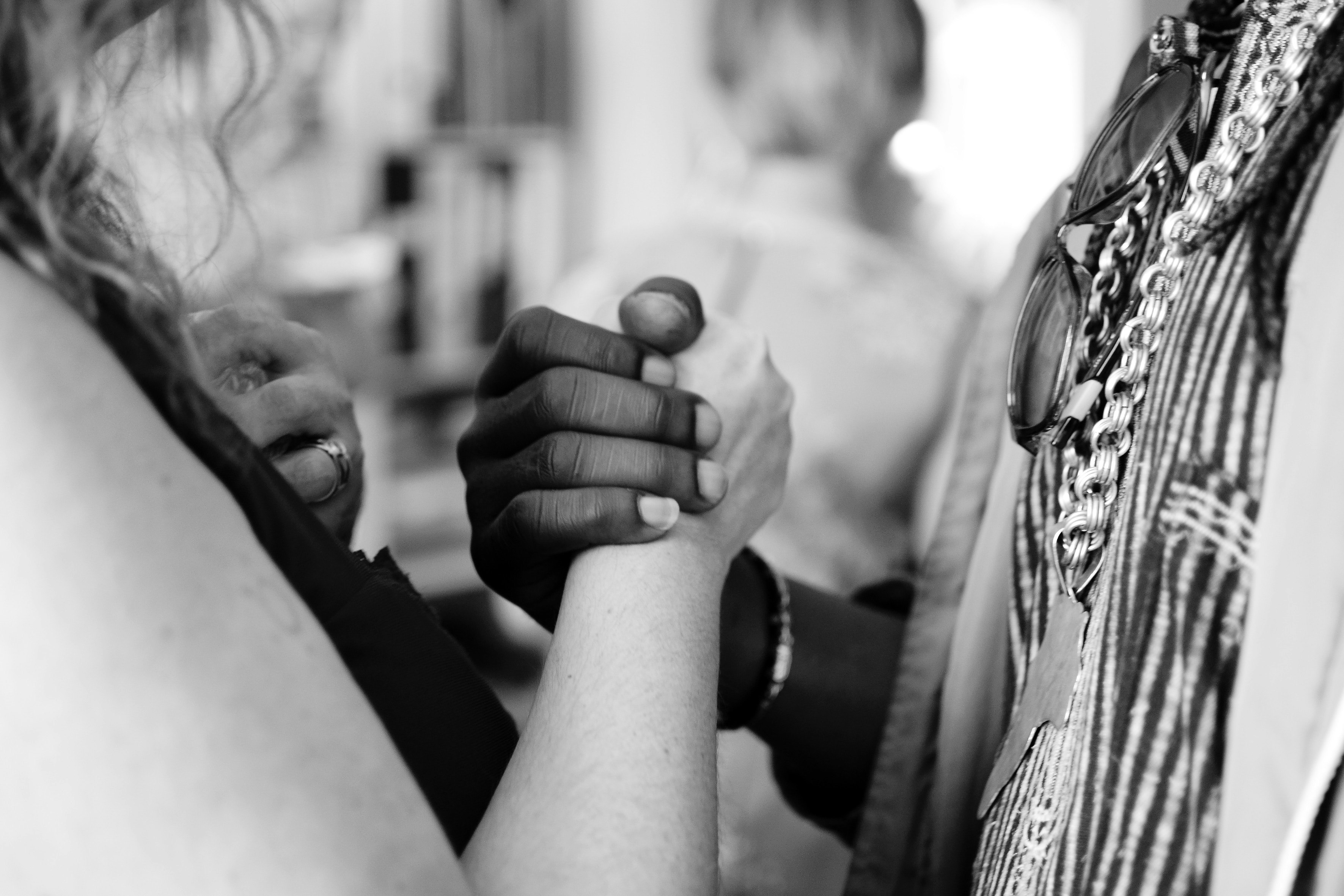FUSE Perspectives: The Art of Empathic Design

The thread of red yarn woven through a number of sessions at this year’s FUSE is “empathy” and the designer’s abundant capacity for it. This is a subject we’ve written about in reference to theempathy gap between brand owners, brand handlers (retail, media, agencies, etc) and people. It is also a load bearing beam in the “design thinking” movement. When we are concerned with understanding the people for whom we are designing and set aside our own assumptions, we tap into a more human-centered approach to design, to which empathy is central. Once you start to think at this level, the “D” in design starts to naturally capitalize itself.
We design logos, packages, websites, displays, ads, apps and almost any other artifact used to close the gap between human being and the brand owner. When you add empathy into the equation, we start to consider using design with conversations, experiences, business, movements and societies. Empathy is a trigger word, if you study it deeply, and consider it in relationship to the practice of design your perspective changes.
Before we go farther, it should be noted, this writer doesn’t believe the title of designer gives birth to a design thinker. In contrast, those who don’t practice the craft of design can employ the philosophy and methods of design thinking. And, the capacity for empathy is a fulcrum to achieve the status of “design thinker.”
This means we have the capacity, as a society, to have more design thinkers than designers. Let’s consider how much this would impact society. Yet, we need to step back and consider the definition: The ability to understand and share the feelings of another. How much more beautiful would society be if we each had a daily dose of empathy in our morning yogurt, coffee or bowl of cereal? How much better would our geopolitical situation be if this was actually possible?
Kim Tevisan, The Port Authority of NY/NJ, andBrad Scott, Applied Design Works, had the daunting and emotionally-charged task of designing the post-9/11, World Trade Center brand. They shared their journey in design thinking, during which the practices of “empathic listening” was a critical component to designing a brand emblematic of renewal and steeped in reverence. A design approach infused with empathy was not simply a nice to have, it was the necessary foundation to build the brand.
On the other end of the design spectrum came a perspective from the digital space. Both Alan Segal, Wells Fargo, and Robert Wong, Google Creative Lab, spoke to the “humanization” of digital and how the application of empathy in the world of data and analytics can humanize the design strategy and ultimately influence the brand’s role in the human experience. “People are customers. People are users. People are people; they are bundles of wants and needs”, said Segal, and empathic design should help drive our overall strategies.
While there are future indications that empathy could be medically dosed, we’re going to have to settle for using the means we have at our disposal today. So, here’s what you can do almost everyday to self-dose empathy in your behaviors. Here’s the phrase you can use when heading back into the office after FUSE: “How can I help you?” This is the basic of basic places to start and then add phrases like “how are you feeling today?” Or, even better, “how do you feel about the announcement today?”
Empathy is a natural behavior, but it needs to be nurtured to prosper in our life. Consider all your relationships, yes, every person in your life, from the doorman to the person making your coffee, how can you increase your dose of empathy across the board? What would it do for your relationships? Do your own experiments and report back, we’d love to hear how it goes and what you find.
About the Authors:
Founding Partner
Author,The Physics of Brand
Blogger,FEI,FUSE and a few others
Vice President, Client Experience
First-time FUSE attendee + Fellow Brand Nerd